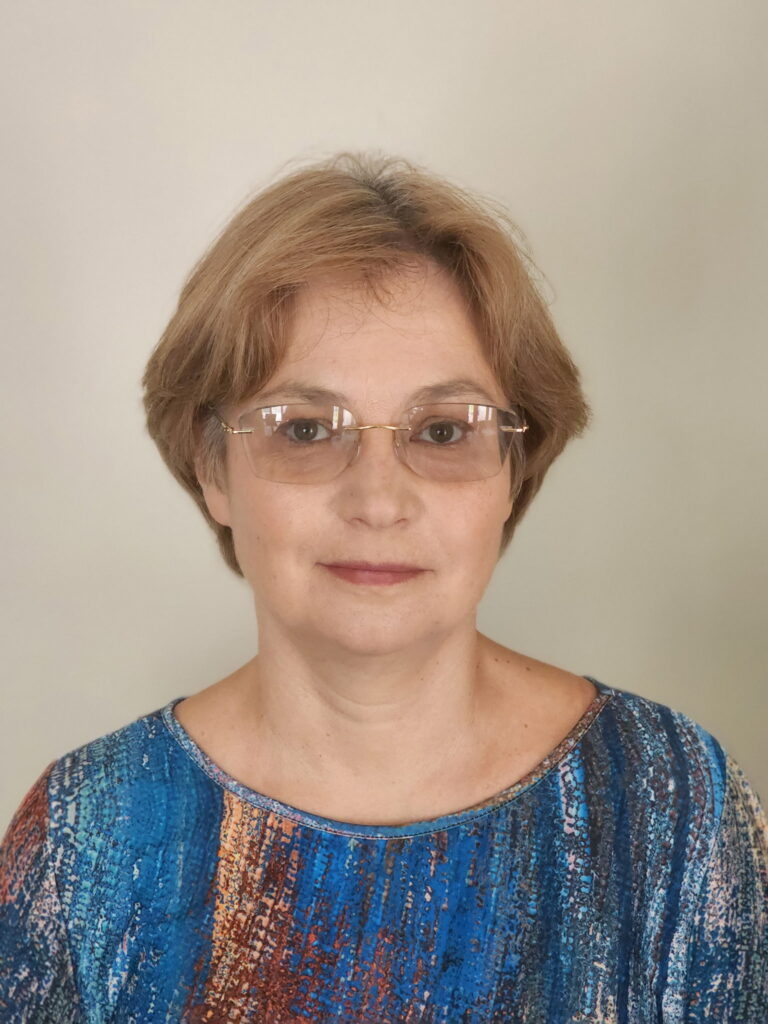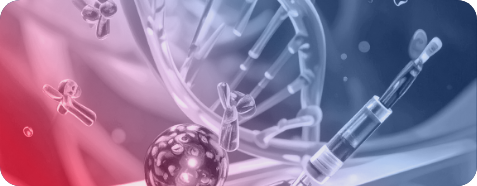Treating Cancers with Novel Therapeutics that Mediate Proliferative Signaling
We have discovered new class of therapeutics that reduce the rate of cell growth in cancer and vascular lung diseases.
The Problem
Lung cancer remains the deadliest cancer in the United States, responsible for more deaths than breast, prostate, and colon cancers combined. Despite recent advances, the five-year survival rate is only 28.4%, reflecting the limited efficacy of existing therapies. Pulmonary arterial hypertension (PAH), a progressive and cancer-like vascular disease, has an even worse prognosis, and at the advanced stage, when most patients are diagnosed, median survival ranges from only 0.6 to 2.5 years. This statistic reflects the limited efficacy of current treatment options. In both lung cancer and PAH, the existing therapies rarely achieve meaningful or lasting control of the disease. Moreover, the available treatments target all rapidly dividing cells, healthy and diseased. This non-specific action results in significant toxicity, diminishing patients’ quality of life, and frequently leading to treatment interruption or discontinuation. There is an urgent need for novel therapies that are not only more effective but also more selective and can arrest disease progression without affecting healthy cells.
The Solution
We have discovered a new class of therapeutics that can disrupt a previously unidentified protein-protein interaction that converges on key regulators of cell proliferation. This interaction is absent in healthy cells and emerges only in the context of pathological proliferation allowing for a highly targeted intervention. In testing across 140 cancer cell lines from multiple tissues, the therapy produced strong anti-proliferative activity with particularly robust responses in lung cancer while sparing healthy cells. The treatment of animals with PAH resulted in a 50% reduction in pulmonary pressure and 60% decrease in right ventricle hypertrophy, the primary determinant of patient mortality, supporting the protective potential of our compounds. Thus, with strong efficacy in preclinical models and high specificity lowering the predicted risk of off-target interactions, the platform is well-positioned for further development across multiple indications.
The Opportunity
Our compound series offers a novel therapeutic class with broad applicability across both oncology and vascular proliferative disorders. It represents a breakthrough treatment opportunity for patients with aggressive cancers or pulmonary arterial hypertension (PAH), addressing two critical needs: enhanced efficacy and improved safety. The unique mechanism of action focused on the disruption of a pathogenic protein-protein interaction bypasses the multiple limitations of traditional kinase inhibitors and receptor antagonists. The specificity for diseased cells ensures a path to lower toxicity, greater tolerability, and potentially broader clinical applicability. The technology’s potential for multiple indications dramatically expands its market reach: lung cancer alone represents a $32B global market, while the PAH therapeutics market exceeds $7B annually offering options for small focused clinical trials with significant expansion options.
Status
The project is in preclinical phase. We have established activity in a broad range of cell models. Initial animal studies have returned promising results without observation of toxicity. We have sufficient material in hand to execute our investigations of stability and pharmacokinetic profiles as well as extended efficacy studies in multiple species. The outcome of those experiments will guide the design of IND-enabling studies and regulatory filings.
Meet the Team

Olga Rafikova MD, PhD

Peter Nestler PhD
Tech Launch Arizona
Contact us today.






